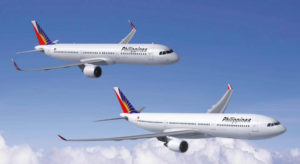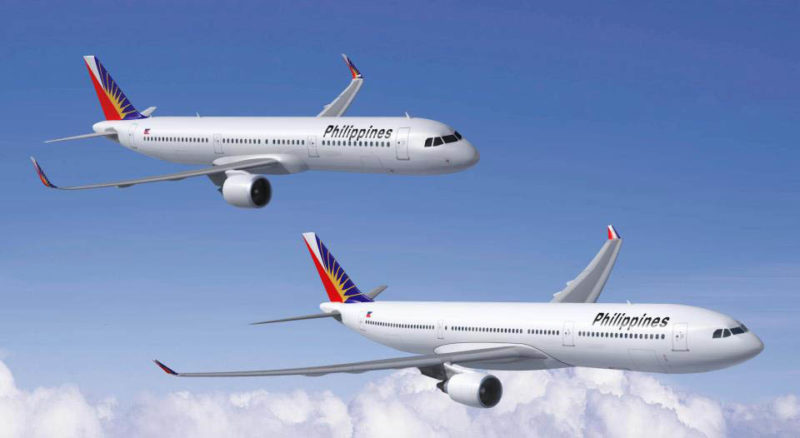 Philippine Airlines (PAL) posted a double-digit decline in net income for the first nine months of 2016, reporting a 57% reduction to P2.599 billion from P6.108 billion in the same period last year.
Philippine Airlines (PAL) posted a double-digit decline in net income for the first nine months of 2016, reporting a 57% reduction to P2.599 billion from P6.108 billion in the same period last year.
In a regulatory disclosure, parent company PAL Holdings, Inc. reported a net loss of P2.014 billion in the third quarter of 2016 from a net income of P247,898 in the same period last year.
Revenues for the period January to September 2016 totaled P85.354 billion, 3.5% higher than last year’s figure of P82.485 billion. PAL said the increase in revenues was brought about mainly by the depreciation of the Philippine peso vis-a-vis the U.S dollar. Otherwise, revenues decreased by P589.6 million, which was due mainly to lower cargo revenues generated during the current period compared with 2015, which saw the positive effect on air shipping of the port congestion in Manila and the port strike in the United States.
Revenues from the cargo segment dropped 9.6% to P4.938 billion from P5.464 billion in the first nine months of 2015. Revenues from the passage segment, on the other hand, increased 5% to P71.469 billion from P68.228 billion.
The flag carrier has recently adopted Sabre’s AirVision Commercial Analytics solution in order to improve its revenue-generating capabilities.
The technology solution brings commercial data from several different departments to one place in real time, easing analysis and enabling improved decision-making. It will also allow PAL to optimize revenue per passenger instead of the historically used revenue per seat model, and can even measure the impact of passenger behavior.
PAL said the new technology will help the airline better understand customers’ buying behavior.
The carrier, which flies to 43 international and 30 domestic destinations, is in the midst of expanding its network, modernizing its fleet, and enhancing passenger services as it aims to reach five-star rating in five years.
In line with this goal, PAL recently acquired its seventh Boeing 777-300ER aircraft and will be accepting delivery of its eighth and last unit by December this year, enabling the flag carrier to increase its flights to North America.
Meanwhile, PAL was awarded Asia Pacific Airline Turnaround of the Year by CAPA (Centre for Aviation). This recognition is given by the aviation think tank to the airline with the most impressive turnaround while establishing an innovative strategic direction for its business and the industry.
PAL was selected for its return to profitability and strong financial performance over the last two years, ending a string of losses. The airline recorded a net income of P5.870 billion in full-year 2015, a 4,424.7% increase compared with the P129.740 million earned in 2014, due to higher passenger revenues from increased flights.
“PAL has launched a remarkable 15 destinations outside Asia over the last three years. Usually such ambitious expansion has a negative impact on financials but for PAL it has been able to complete an ambitious expansion phase while returning to profitability,” CAPA executive chairman Peter Harbison said.
CAPA noted that PAL has experienced improvements in its expanded international operation and now plans a new phase of international growth. Domestically PAL has resumed expansion under a new strategy for the regional subsidiary PAL Express, which has also become profitable.





